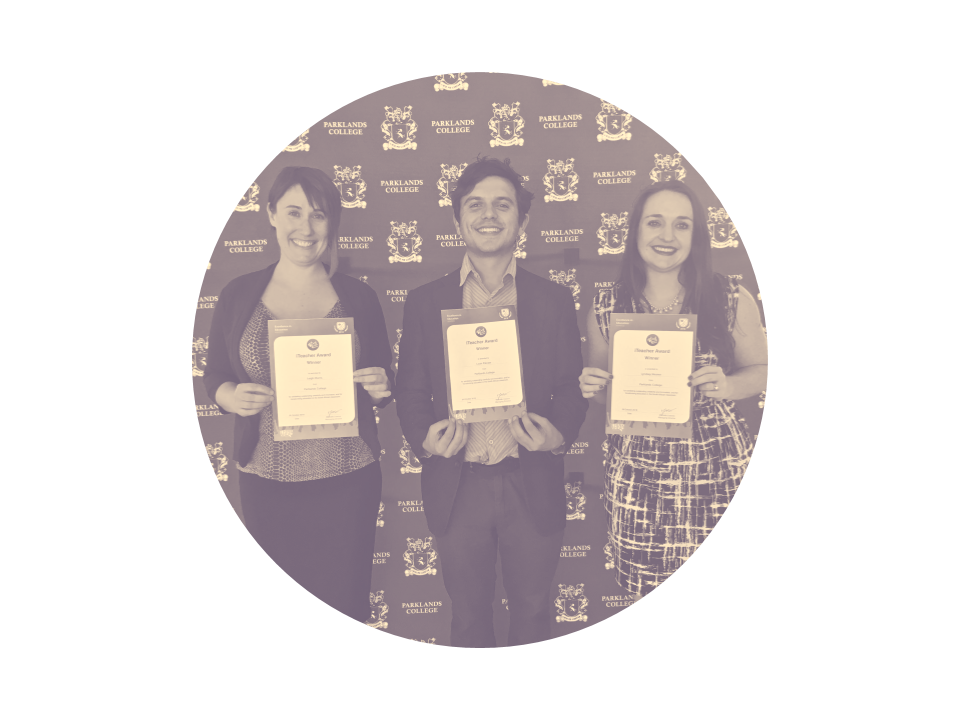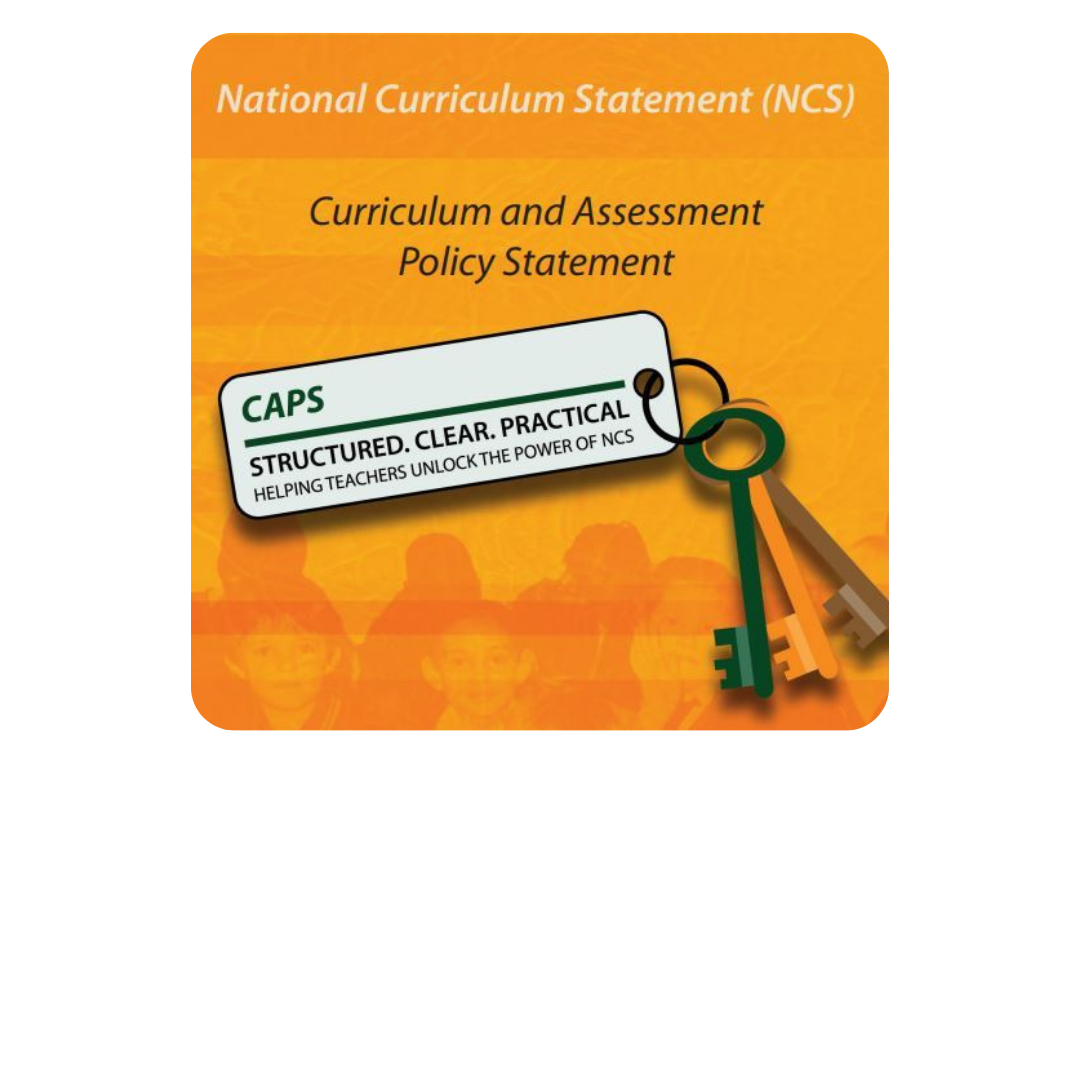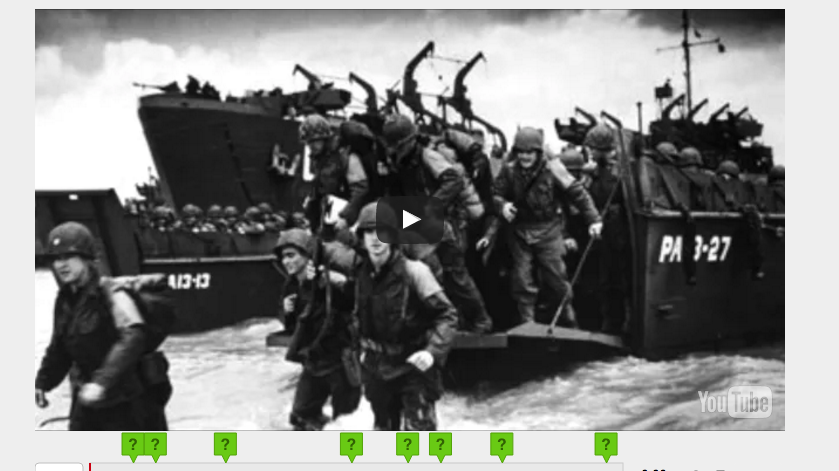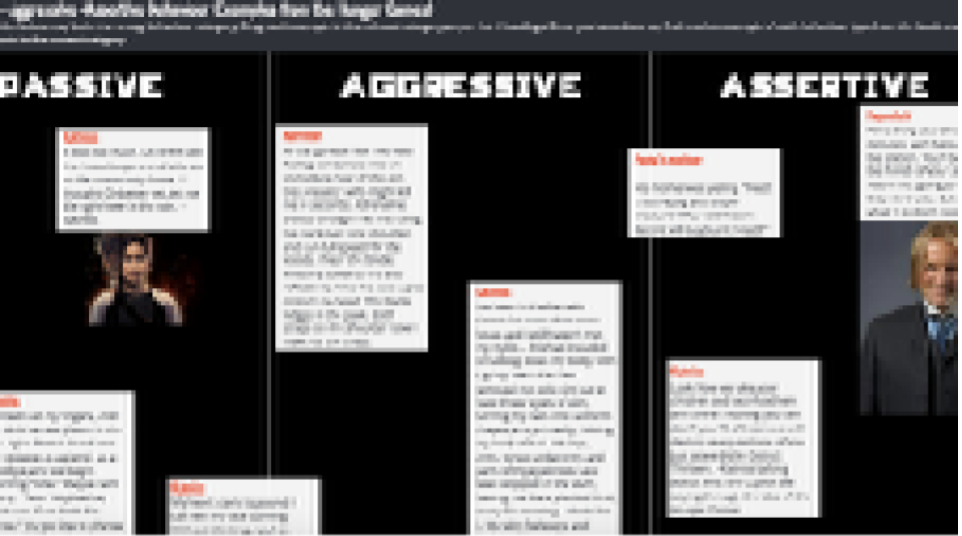LEARNING BEYOND ACADEMIC CONTENT: Our classroom environment was enriched by students sharing the insights they gained at every point of the learning process. In giving our students a voice and not dominating the classroom ‘air time’, we were astounded by the abilities and insights of these young adults. We had the privilege of assessing project presentations that covered not only demonstrated a deeply rooted understanding of the curriculum, but also a scope and standard of knowledge that extended far beyond the four walls of the classroom.
STUDENT-TEACHER RELATIONSHIPS: By allowing students to be active investigators rather than passive recipients, students gain a voice in the classroom that had a lasting effect on their maturity and self-confidence. The fear of being wrong decreased, with students allowing themselves to be vulnerable more frequently. With the teacher away from the authoritative lecturing role, students could engage with teachers as co-investigators and experts they could trust. As such, powerful bridges were built across the traditional divide between students and teachers. We did not anticipate the bond that developed between us and the Grade 9 year during this project. In the beginning, our students were unsure and somewhat skeptical of this new approach to learning but through hard work, a level of trust developed which has remained even after the project’s completion.
TEACHING FROM THE HEART, AND NOT THE TEXTBOOK: Spending less time on marking, less energy on entertaining students from the front of the class meant that we could invest more time and energy into guiding and facilitating a journey of discovery.
HAPPY, EMPOWERED STUDENTS: The one thing that trumps all of the aforementioned successes, is that our precious Grade 9 students loved this project and successfully coerced us into adopting the same approach for the rest of the academic year. Our students had fun, were less stressed and ultimately grew to love this new way of learning.














